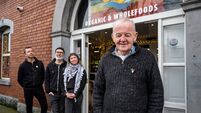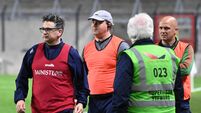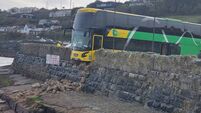A book that opens a colourful new chapter on Irish history
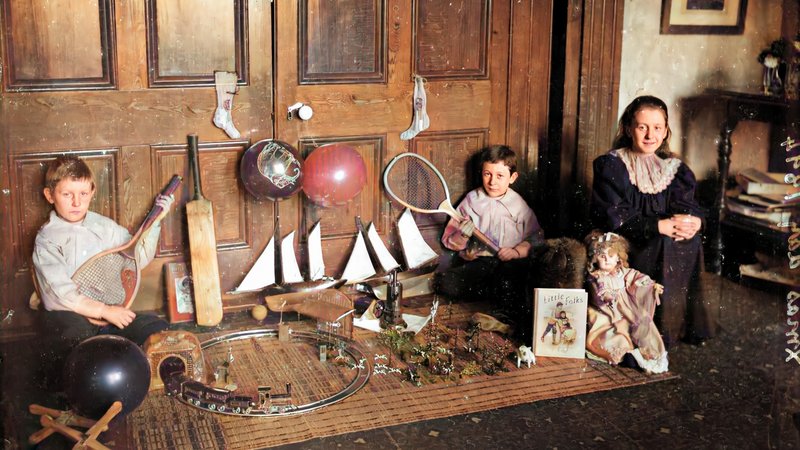
Christmas Haul, Clonbroke, or Mote Park, County Mayo c.1895 from 'Old Ireland in Colour'.
Colourising vintage and outright antique photographs can lift dusty, distant archive material into clear view.
Using dedicated software, amateur genealogists, historians and folklorists are infusing living colour to a formerly distant sepia world.
Presented with digitised prints with good (or enhanced) sharpness and resolution, we more fully take in the expression in someone’s eyes, the tilt of their mouth, and the texture and tint of clothing from as far back as the 1830s.
It’s a mesmerising portal.
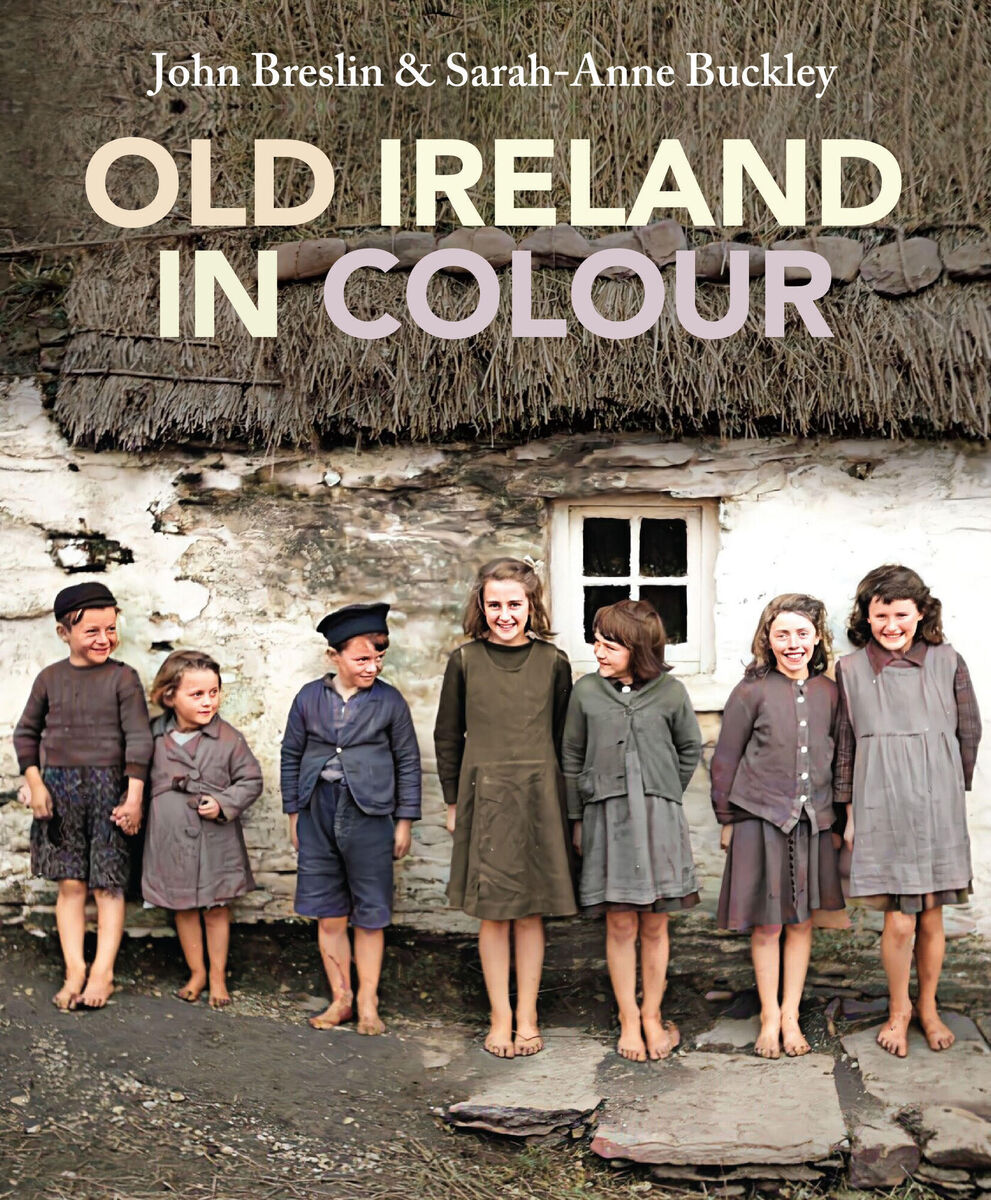
A wash of gentle colour does something that no words or dramatic re-staging can do, bringing the past and authentic personalities of the period vividly to the present moment.
It’s a technique that can bring an immediate emotional response or (if clumsily handled) do little more than hand colouring of photographs did in the 19th century. The searing primaries of a stylised John Hinde photograph won’t work here, we need a real pulse.
A handsome new book, , has just come to the shelves. Professor John Breslin is something of a Renaissance man — entrepreneur, engineer, prolific author and a professor at NUI Galway.
Dr Sarah-Anne Buckley is a writer and lecturer in History at NUI Galway, President of the Women’s History Association of Ireland and Chair of the Irish History Students Association. She has an important voice in the place of women and family in Irish society and is co-founder of the Irish Centre for the Histories of Labour and Class and Senior Research Fellow in the UNESCO Child and Family Research Centre.
Their new book marks, in part, the presentation of the highly interactive and inclusive Old Ireland in Colour Project that’s ongoing on Facebook, Instagram and Twitter.
Prof Breslin colourised the collection and explains: “The first hundred years of photography, during which most of the images in this book were taken, was one of dramatic demographic, social, economic, political, cultural and technological change in Ireland and internationally.”
It includes familiar, vital Irish texture — folklore, music, rural life and tradition, the Irish pub, and Ireland’s islands.
Author Dr Buckley adds: “Although Ireland was predominantly agricultural at the turn of the twentieth century, urban life and street-scapes are an important feature.
Yet the dominance of the West of Ireland cannot be denied – due in part to the wealth and focus of the Folklore Collection from the 1930s, and the initial work and interest of John’s Old Ireland in Colour project. It’s the period from just before the Great Famine (1845-1852) to the outbreak of ‘The Troubles’ in Northern Ireland when our population fell from eight to four million.”
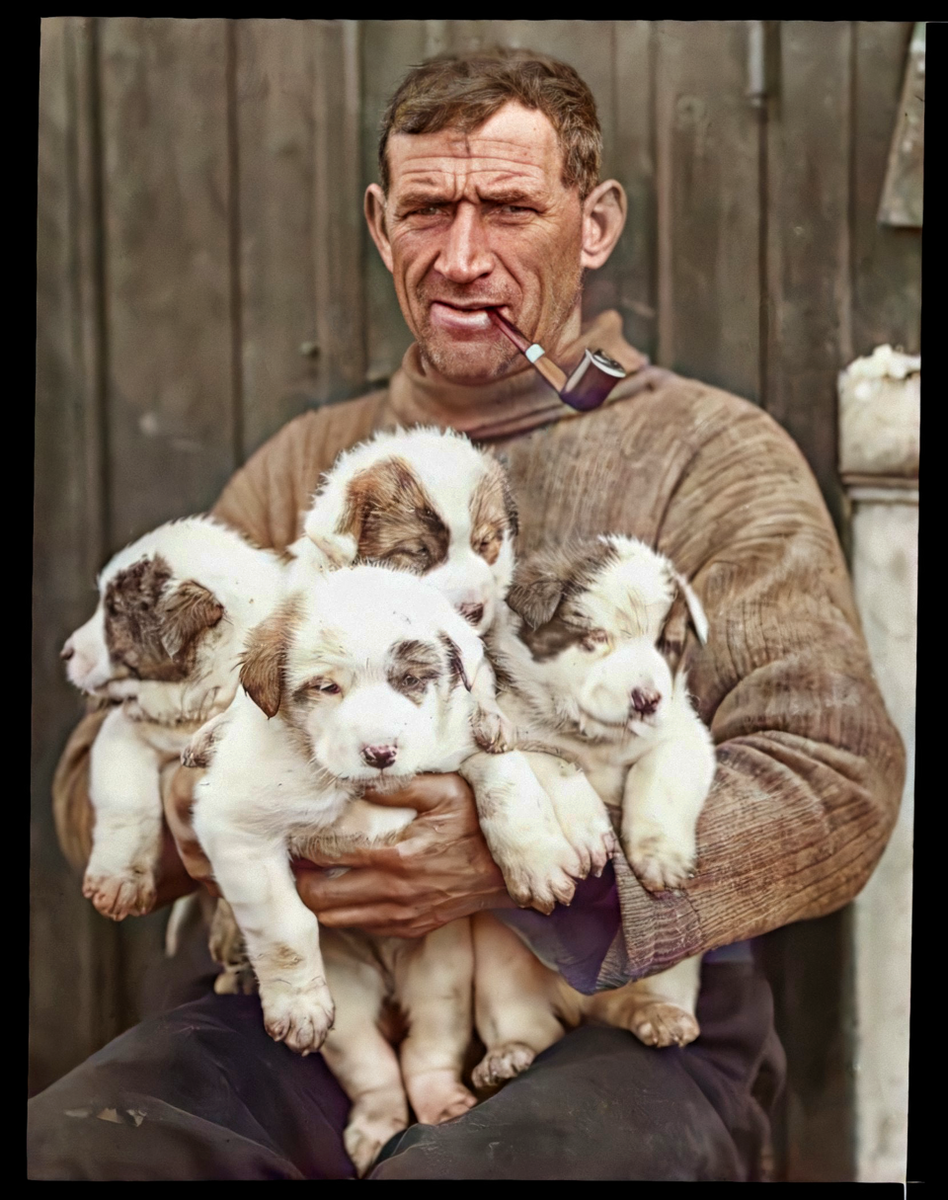
Straight off I would recommend this as an accessible, modern Irish history book for the everyday reader. The authors argue modestly, that it’s far from comprehensive. I found it a very solid read, underpinned with source material throughout, while eyeballing every tenderly altered image.
If you’re interested in more history or more history of photography, the authors generously suggest the work of Seán Sexton and Christine Kinealy’s in , Ciara Breathnach’s and Erika Hanna’s more recent .
The photographs and dedicated, dense captions in steer us through a documentary journey — banal, quiet moments in remote settlements of Gaelic Ireland together with the loudly important, life altering socio-political characters and happenings that have shaped 21st-century Ireland.
With the exception of some haunting, lonely landscapes and architectural street-scapes, most of this tale is in the level stare of those who were there – the rich, the poor, the politically important and the utterly powerless.
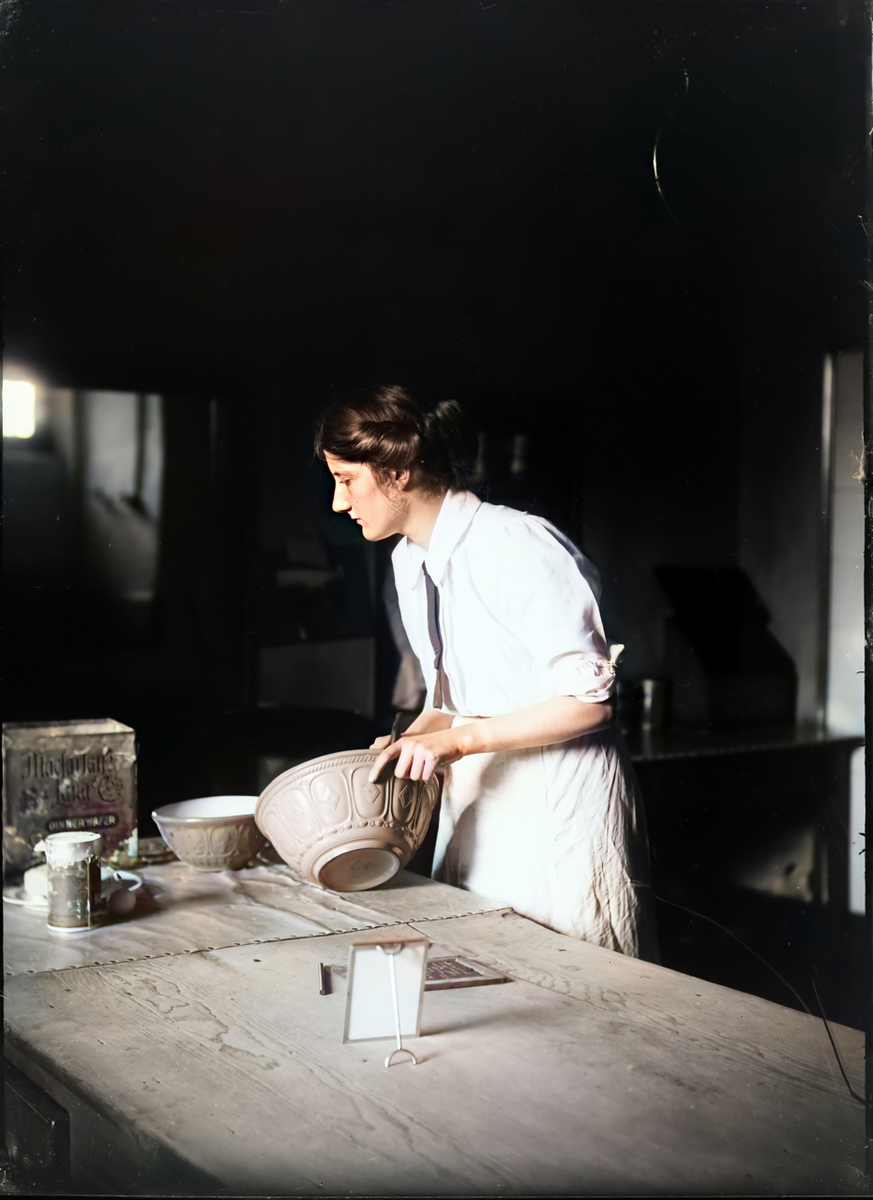
In one split-second of the past we are skidding down a water chute erected on the River Lee for the Cork Exhibition during the summer months of 1902 or 1903. Then we are sitting across from the heroic figures Tom Crean (1877-1938) and Edgar Evans (1876-1912) mending sleeping bags in preparation for an Antarctic Expedition.
The luxuriantly beautiful Lady Hazel Lavery (1880–1935) flirts out across a century, dressed by her husband as Flora in Botticelli’s painting . Éamon de Valera addressing Sinn Féin supporters from the front of Ennis Courthouse during the East Clare by-election in July 1917: Already a fantastic immersive photograph — now heart-stopping.
Technically, there’s an added three-dimensionality, brightening and additional real information possible in a colour photograph. We don’t need to know that Countess Markievicz’s drab green uniform is correct, but we can see the blood in her veins with the software wizardry of deOlidify and her eyes are blue from a passenger record fond on Ellis Island. She’s instantly more real.
It goes far, far deeper than seeing vivid blossom on long dead trees. The essential truth, that these people lived their life in colour, removes distance and collapses time — it’s confronting, humanising and rather magical.
When Ireland and its people began to be recorded in photographs in the 1840s, most of the nomad photographers were women. It’s worth remembering that taking those pictures, they imagined the results in shades of monochrome, not colour. This would have informed decisions around the content, composition and the depth of field (focus front to back).
There are instances where the visual interference of colour can diminish the artistry of an old photograph where line once ruled. The look on the faces of late 19th-century subjects, even taken outside on a cloudy Irish day was impacted by a mixture of shyness and the length of exposure required for the reaction of the slow photographic plates.
The result can be austere and stiff. Frames and props under the clothes were sometimes needed to hold people completely still. Add rude Calamine pink to the skin of an old shot and the results (in my opinion) can be thin and cadaverous.
We are not in every aspect our ancestors. Their experience was so in many respects, so much tougher, radically different.
Then again, we share so much with them — family, love, loss, humour and hope. We can only guess at the thoughts of The Young Firbolgs, barefoot, proud, vulnerable and suspicious, stirred into a study taken in 1894 on Inis Mór, Co Galway. It’s only one of dozens of electrifying, eyes to the camera moments brilliantly enhanced by bruised blue clouds and flushed cheeks.
A beautifully, carefully curated, well written and technically brilliant book— highly recommended
- Old Ireland in Colour: www.oldirelandincolour.com.
- Follow the project on Twitter @irelandincolour, on Facebook and Instagram @oldirelandincolour, and also on YouTube








